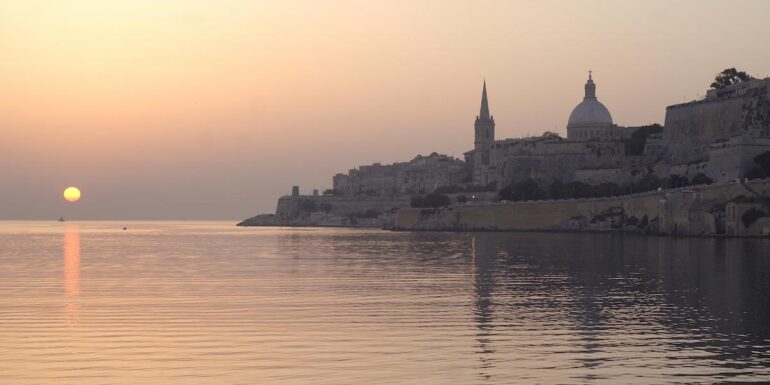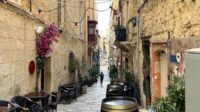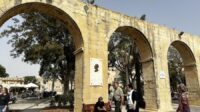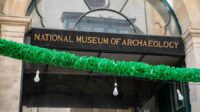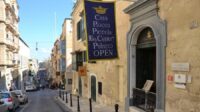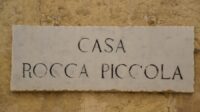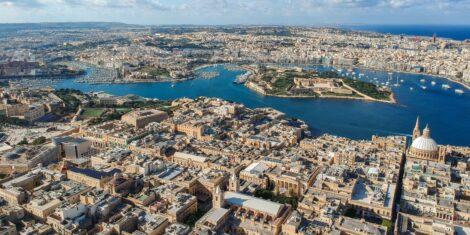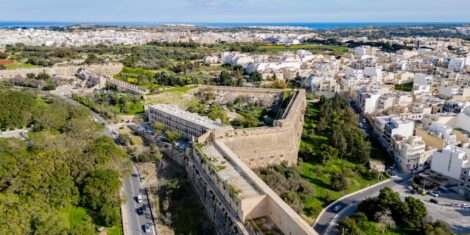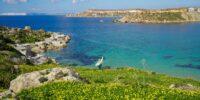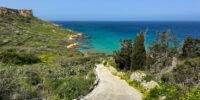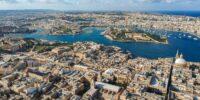For being the smallest capital city in Europe, Valletta packs quite an impressive punch in the things-to-do-while-visiting department. In fact, it is quite easy to get lost amongst the many places worth visiting. But fear not, we got you covered!
Here’s a list of our favourite 7 places you must visit when in Valletta.
St John’s Co-Cathedral
We start with the crown jewel of the Capital. The Conventual Church of the Order of the Knights of St John is an absolute marvel. The simplistic mannerist exterior may be misleading but wait until you step inside. Housing masterpieces by some of the most prominent masters of their times such as Caravaggio, Preti and many others, St John’s Co-Cathedral is an experience for anyone who appreciates beautiful things.
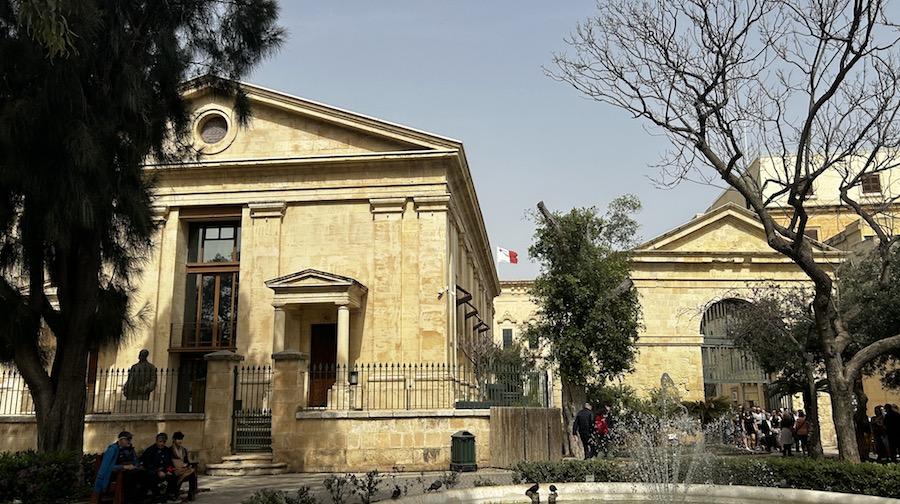
Upper Barrakka Gardens
The Knights who built Valletta made sure to have ample space where to while away those pleasant Mediterranean evenings. This is one of them. Today this garden is a preferred port of call for all visitors, and once you visit you will understand why. From this garden you get the most spectacular view of the Grand Harbour, the lifeline and source of all the island’s fortunes (and misfortunes) throughout its history. Do stop to have a Kinnie and a pastizz at the cafeteria!
Lascaris War Rooms of Valletta
Right beneath the Upper Barrakka is a network of halls and tunnels. They date back to the founding of Valletta in the 17th Century. And here, deep within the bowels of Valletta’s fortifications, safe from enemy attack, is where the Battle for Malta (1940-43) was coordinated from. This is the very place where Italy surrendered to the Allies, effectively bringing an end to the War in the Mediterranean. It is also where NATO monitored Soviet subs from till 1977.
Casa Rocca Piccola
Going back in time, this is a perfect opportunity to visit a beautiful stately home in the heart of Valletta. Further down in Republic Street, Casa Rocca Piccola is a 400-year ancestral home of a Maltese Noble family. It is easy to mistake this for a time-warp – time seems to be stuck in the 19th Century here. The privately owned palace is packed with hundreds of magnificent objects. From antique furniture, to amazing paintings by several masters, modern pieces and many more. The house also has an underground network of wartime air-raid shelters. Hundreds of Valletta folk used to shelter there from the axis bombardments during the Second World War.
National Museum of Archaeology in Valletta
The National Museum of Archelogy houses a spectacular collection of artefacts from the island’s prehistory and early history. Here you will see the actual objects that shed a light on Malta’s amazing past. From the Neolithic period (5900-2500BC) up till the early Phoenician period (8th – 6th Century BC). The Archaeological Museum, which is housed in a beautiful old Auberge from the time of the Knights, is a must visit for anyone who appreciates history.
The Malta Experience in Valletta
If you really want to get a perspective of Malta’s colourful history, this 45-minute audio-visual show will take you through 7000 years of conquerors and tribulations, and how the Maltese managed to withstand all odds and prosper. This crash-course follows the island’s history from Neolithic times to the Romans, Arab rule, The Knights of St John, the British era, down to modern times. The film is available in multiple languages through special headsets.

Teatru Manoel
Finishing strong! Teatru Manoel, or il-Manoel as the locals refer to it affectionately, is a magnificent 18th Century style theatre which is still in use. In fact, it is reputed to be Europe’s third-oldest working theatre, and the oldest theatre still in operation in the Commonwealth of Nations. It was commissioned by Grand Master Manoel de Vilhena in 1731. It has an oval-shaped auditorium with three tiers of boxes constructed of wood, decorated with gold leaf. Being Malta’s national theatre, it proposes an annual programme of productions from opera, to classical concerts, to plays as well as Christmas pantos!
Title image courtesy of MTA (Malta Tourism Association). © Malta Tourism Authority
